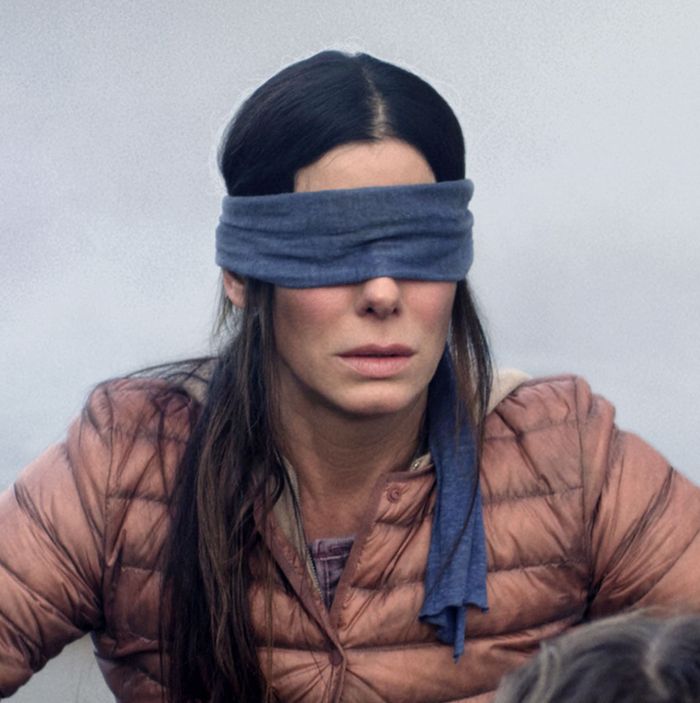You are using an out of date browser. It may not display this or other websites correctly.
You should upgrade or use an alternative browser.
You should upgrade or use an alternative browser.
The Official FIFA World Cup Thread - QATAR 2022
- Thread starter concise
- Start date
More options
Who Replied?these refs 

Ref outchea like


CEO of Morgan Industries
Superstar
 French defenders
French defendersJean toomer
Superstar
Clear penaldo. Ben Mendy would never.
TobiOT
Veteran
There is no IQ in that French defense. Hernandez didn't need to do that!
resistanze
All Star
France needs to be eliminated on sheer stupidity
why does DD look 75?
Exposure to the sun can cause a person to experience sun damage over time. Sun damage can cause photoaging, which is premature aging of the skin due to the sun. Photoaging can cause:
- course and fine wrinkling
- darker and lighter spots on the skin
- rough skin textures
- broken blood vessels on the surface of the skin
- yellowing or browning of the complexion
Black, Indigenous, and People of Color (BIPOC) may be less likely to experience the effects of sun damage than white people. This is because white people can have less melanin in their skin. Melanin is a pigment that gives a person’s skin, hair, and eyes their color. Melanin can also help to block harmful ultraviolet rays from the sun.
BIPOC also have a thicker dermis, which is the second layer of a person’s skin. A thicker dermis can help to prevent damage from the sun.
Melanin and a thick dermis can only protect skin from the sun to a certain degree. BIPOC can also receive sun damage to their skin.
Researchers from the journal Dermatologica Sinica noted that people with dark skin experience five times less UVA skin penetration than people with lighter skin.
How different races age
Saysumthinfunnymike
VOTE!!!
Pengland x2 

O³ (O cubed)
No more PAWGs, PLEASE??!!!??
Penalty again. Kane again?
 fuk
fuk That's like France's 6th Penalty. What the fukk are these defenders doing?
That's like France's 6th Penalty. What the fukk are these defenders doing?Horrible defense by Theo Hernandez.
African_brehda
Superstar
Theo 

The fukking Hernandez